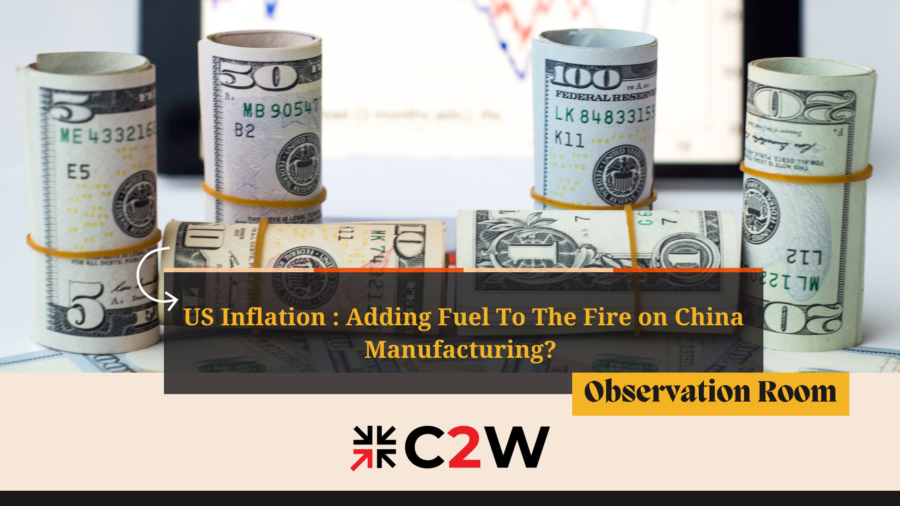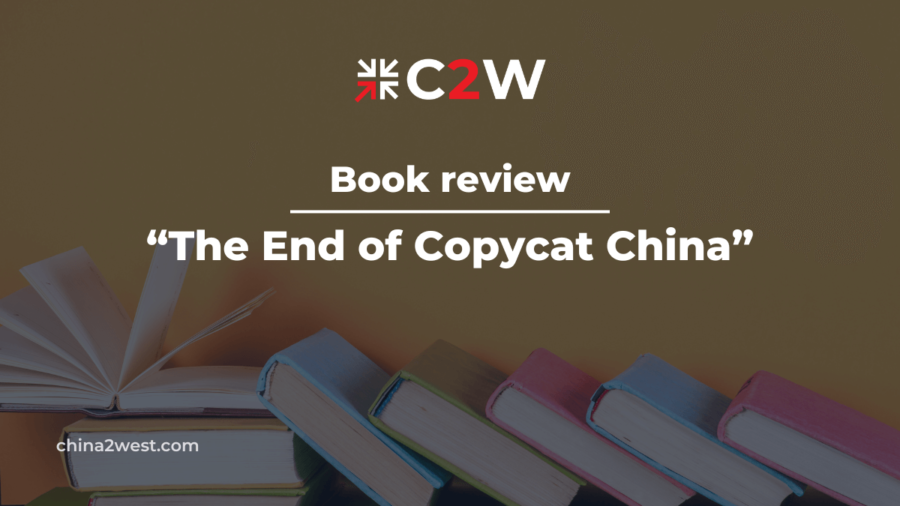The year of 2022, so far, has not treated the China’s manufacturing industry as well as the previous two years since the pandemic.
Internally, one COVID-19 lockdown after another tremendously paralyzed economic operation in several major industrial hubs; externally, rising manufacturing centers, such as India and Vietnam, keep strengthening its position as fast-growing rivals.
But the United States, China’s biggest trade partner, might send a whiff of relief, unwillingly though.
In order to fight the mounting inflation, the embattled Federal Reserve has raised the interest rate to a record high, and actively considered forgoing all the Trump-era retaliatory tariffs on Chinese goods to lower prices, even publicizing the heated debate inside the cabinet.
For Chinese exporters, although this might sound like good news, the uncertainties beneath the surface from the economic long COVID and serious side-effects of inflation taming are likely to offset the perks if not exceedingly.
Is the inflation making Chinese manufacturing harder than it already is? What can we make of this inflation?
A Recession Might Be On The Horizon
It’s very simple economics. When demand exceeds supply, the price goes up.
Just when the world thought it had been a series of world events, the Russia-Ukraine War, Chinese shutdowns, and the US-China trade war etc, holding up the global supply, the price didn’t go back down as planned when the supply restored.
So the major bottleneck is not supply.
Meanwhile, US consumer spending has recovered since last year, and the unemployment rate has been low.
The main problem seems to be demand.
At the peak of COVID-19, the White House responded with powerful economic stimulus and relief, such as direct funding to citizens and businesses, in attempt to combat the disastrous damage on the economy.
When we have money that exceeds production capacity, simply put, the excessive amount is nothing but pieces of paper reflecting nonexistent values.
There is where an inflation starts. When the price keeps rising and unemployment keeps staying low, costs of production also skyrocket, which will later be added to the price and diminish the consumers’ purchasing power — all until the bubble collapses.
A recession there is.
This is not the first time, but the worst in 40 years. In a dire situation like this, harsh monetary policies will have to kick in to cool off the economy, such as historic raise of interest rates trying to limit capital circulations. A tariff removal might also be on the list to increase supply and offset demand.
But no one knows how far these policies can go and lead up to economic slowdowns, amounting to concerns over a recession.
It is not specifically the US being subject to the recession fear. As the Russia-Ukraine War drags on, Europe is going through the same thing.
What Does A Recession Mean for Importers And Exporters
What happens during a recession?
When economy slows down, unemployment mounts. Consumers’ spending power will be heavily reduced, and consequently demand will see a drastic shrink.
So the first that comes may be order cuts for exporters.
The monetary policy will soon be altered. Interest rates will be cut to stimulate the economy and encourage more flexible capital flow. When the money becomes less expensive, its currency will depreciate, thus appreciating other currencies.
That means exports will be cheaper, while imports will be more costly.
For many American businesses, this won’t be good news as this country relies heavily on imports, which is the one of the most important reasons for the Biden administration to do away with China tariffs.
For Chinese manufacturers, the first thing that comes can be import restrictions, despite the current consideration of lifting tariffs, as there will be widespread public support for trade conservatism. This is what history has proved to us time over time.
That is to say, even if the tariffs were removed for now, it might still come back.
But the dominant status of US dollars have other currencies pegged to it. For Chinese RMB, which is linked to a currency basket, a combination of selected currencies with different weightings, the central bank of China may also adjust its currency to reflect. Given the level of reliance of China on exports due to the outward nature of its economy, fiscal relief may also be optioned by the Chinese government to make up for the increase of costs.
Some Uncertainties Still Remain Active
Midterm Election
The most immediate political impact of a recession in the US should be the midterm election in November this year.
All eyes are now on how the Biden administration handles the inflation and prevents a recession, and the polls did not look good for the Democrats.
But the overturn of Roe v. Wade might bring the party a chance to turn the table.
The results of the election will determine how consistently Biden can carry on with his policy, and that includes tariffs.
Although it’s bipartisan consensus that the US should be less dependent on Chinese imports, the Republicans, however, shows a comparatively tougher stance against any tariff relief, especially the tariffs are pretty much the product of the Trump administration.
If Biden’s hands are tied in face of a Republicans-controlled Congress in the next two years, the whole situation will become more complicated than ever for China manufacturing.
China’s Zero-Tolerance Policy
Nope, China still hasn’t given it up yet.
But the good news is a glimpse of light being cast in. China is slowly reopening by reducing the period of arrival quarantine, restricting on economic shutdowns by the local governments as well as reducing the duration of travel history indicated on the tracking app.
It is considered a good sign. Just not enough. Unlike the delightful data shown for the last two years on its economy, the numbers so far are far from satisfactory for both Q1 and Q2.
China won’t dismiss the Zero-COVID policy anytime soon, at least not until after late this year, when the power transfer of the current administration is completed. But it won’t be too unrealistic to wish for the best now.
At least the good sign is a recession is still not here yet, and many analysts still show a bit optimism of the measures taken against inflation, cautiously though. Rising manufacturing hubs, such as Vietnam and India, are still behind on maturity of supply chain and infrastructure, and reshoring back to the US is not as easy as it sounds. China manufacturing will still persist with its perks for a while, and its resilience is indicated in the number for industrial outputs for last month, showing fast recovery.
C2W been fully dedicated to serving western companies interested in manufacturing in China for over 17 years with various types of expertise, and has already expanded into Southeast Asia. If interested, please let us know!


